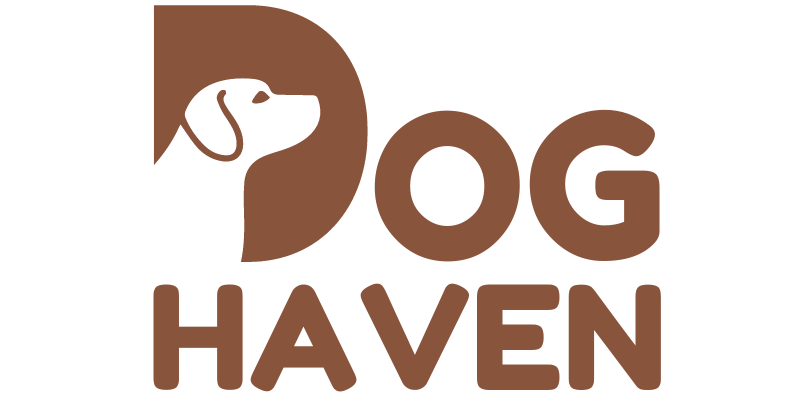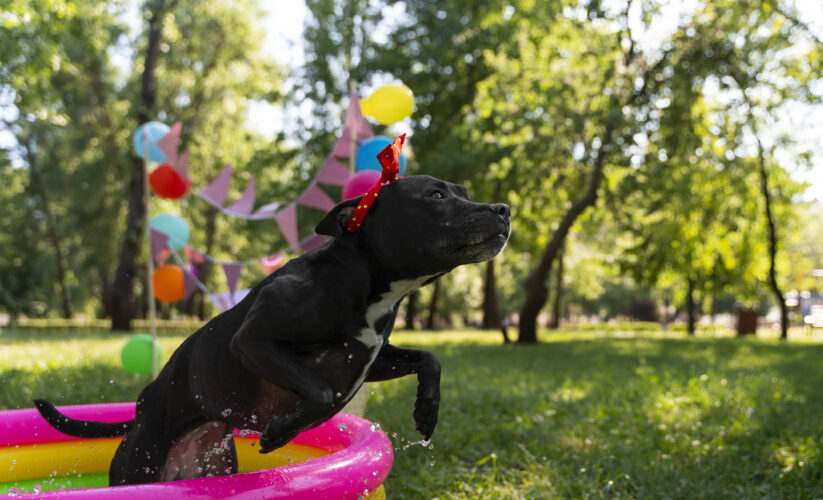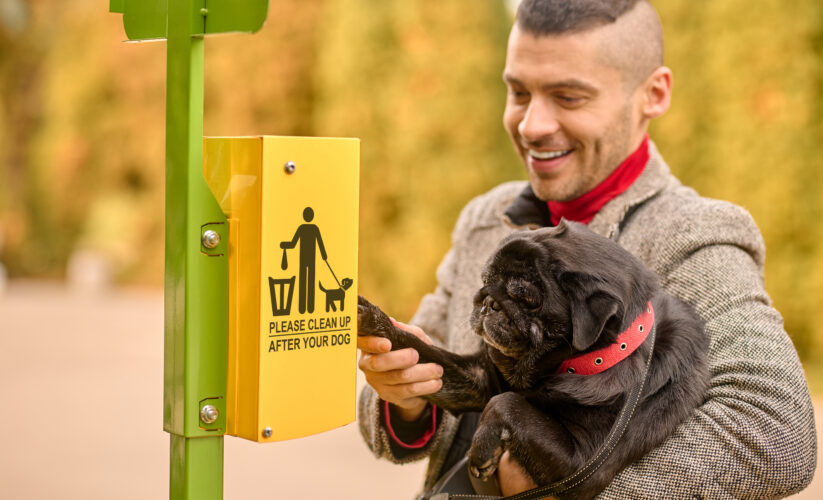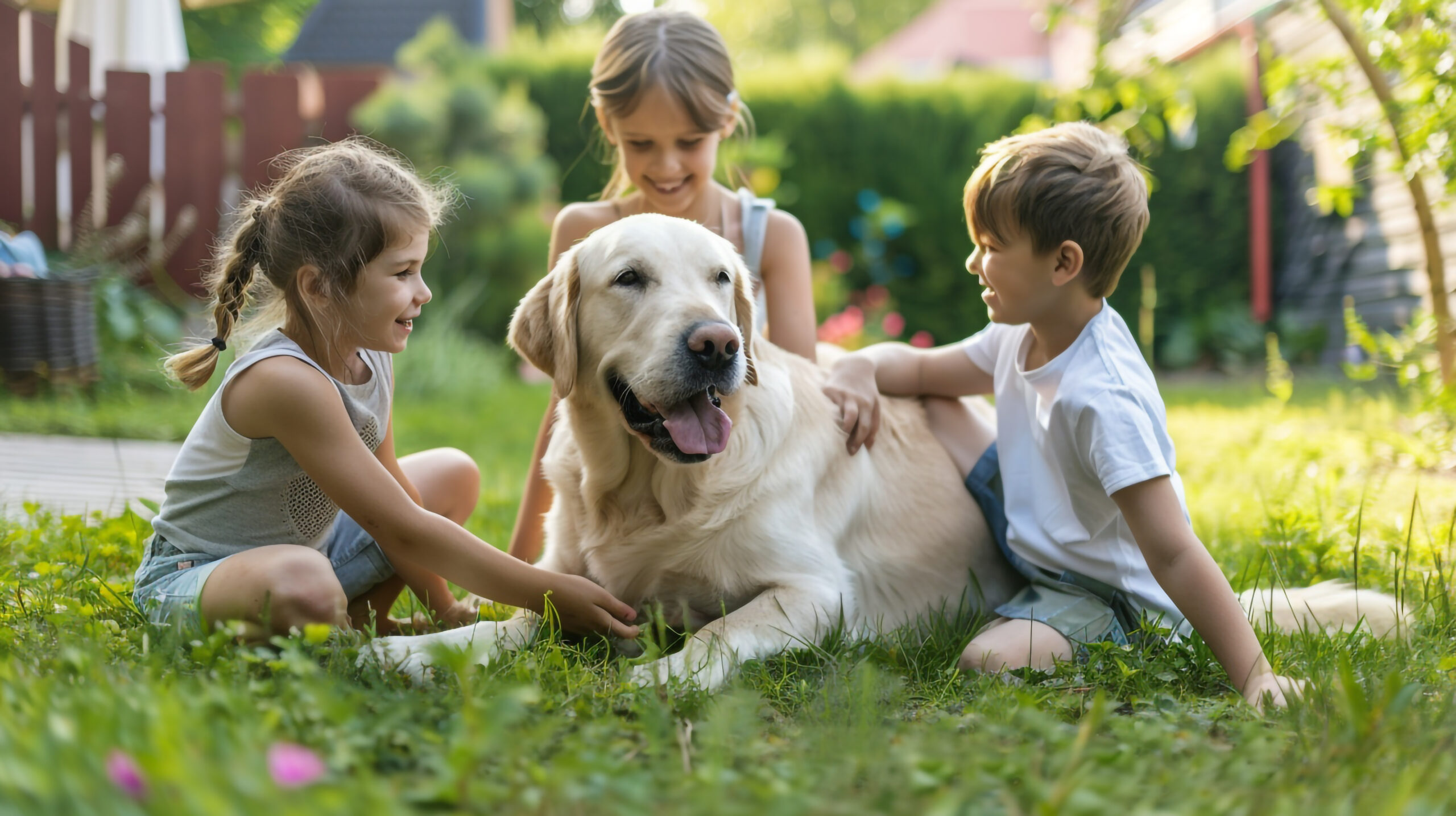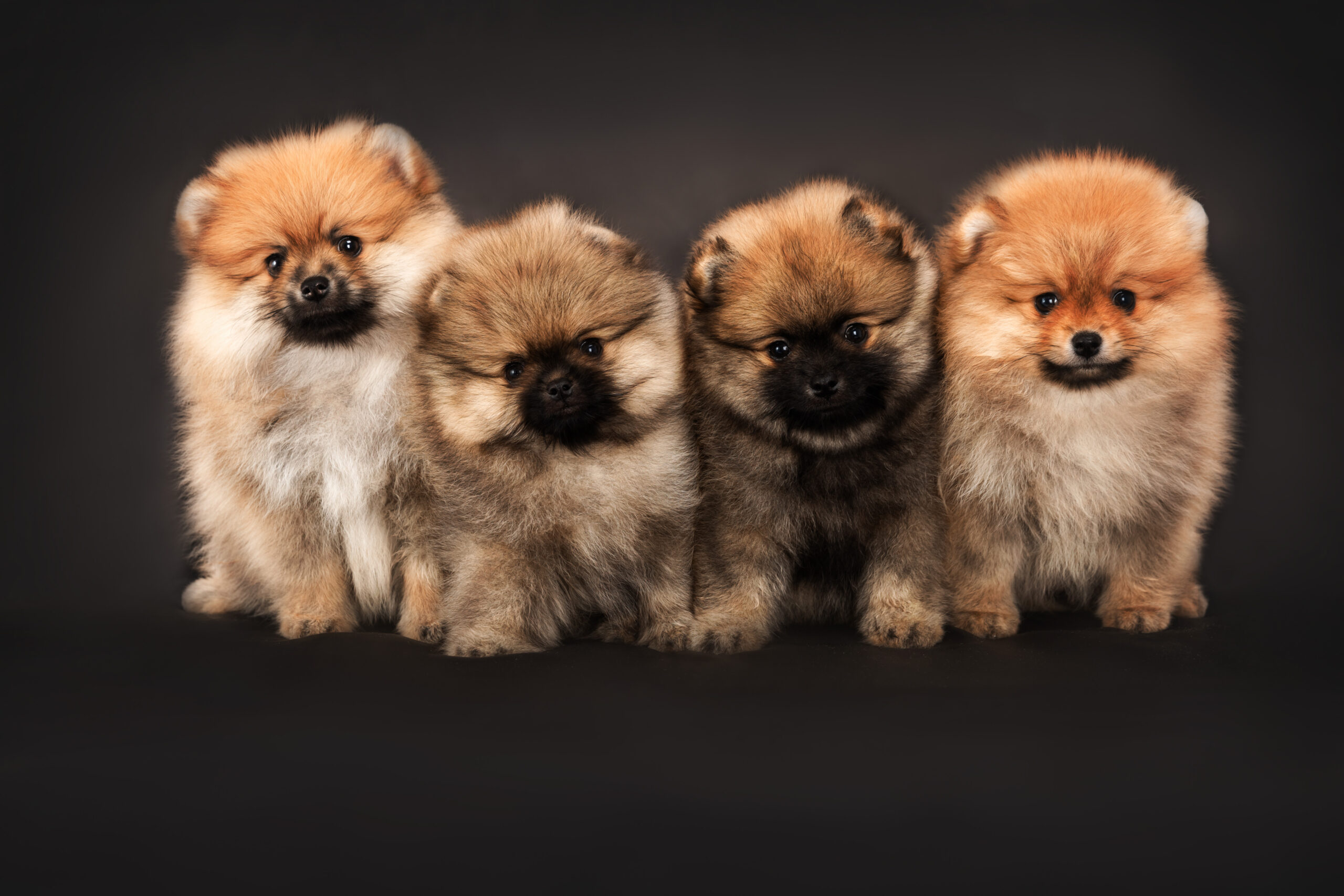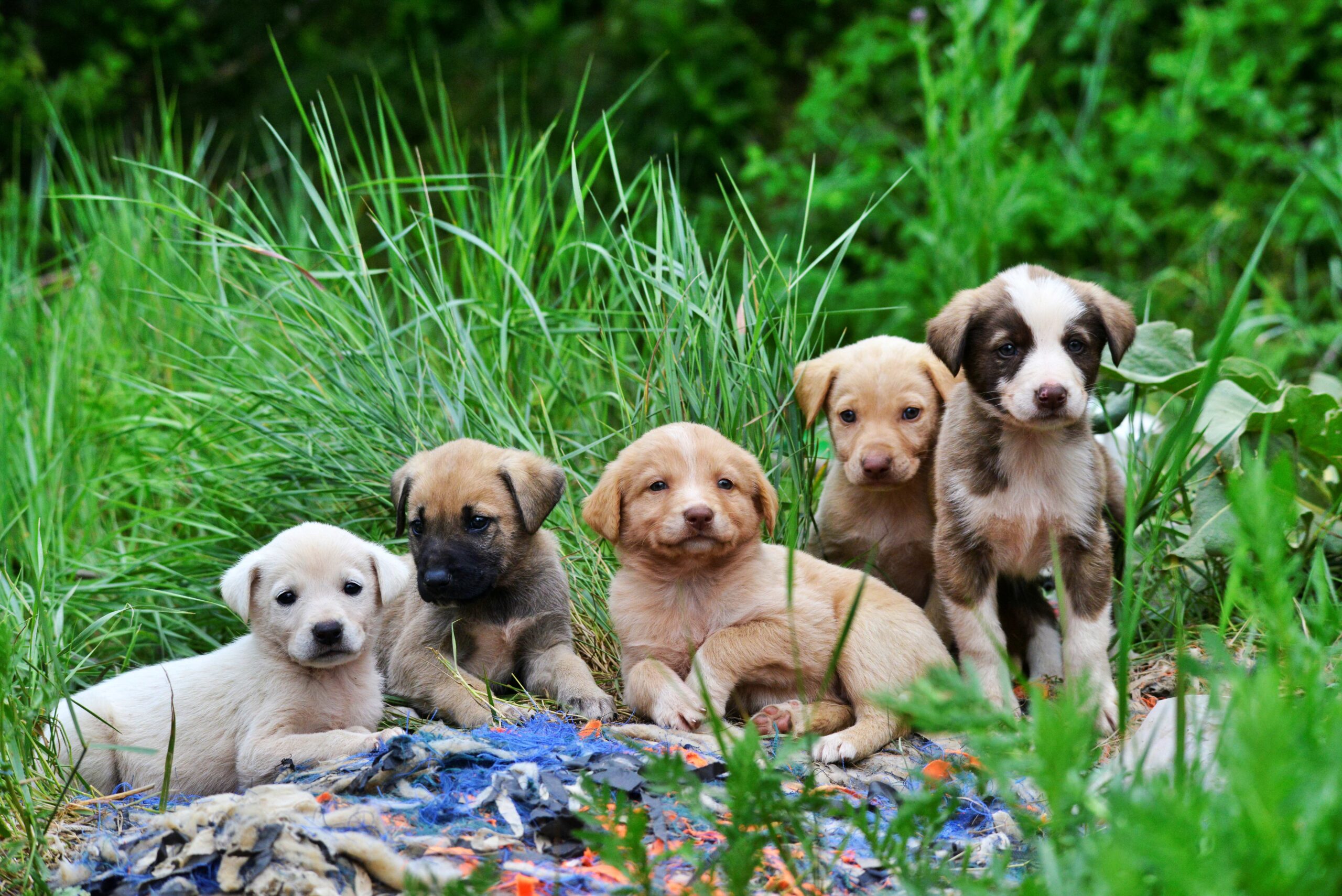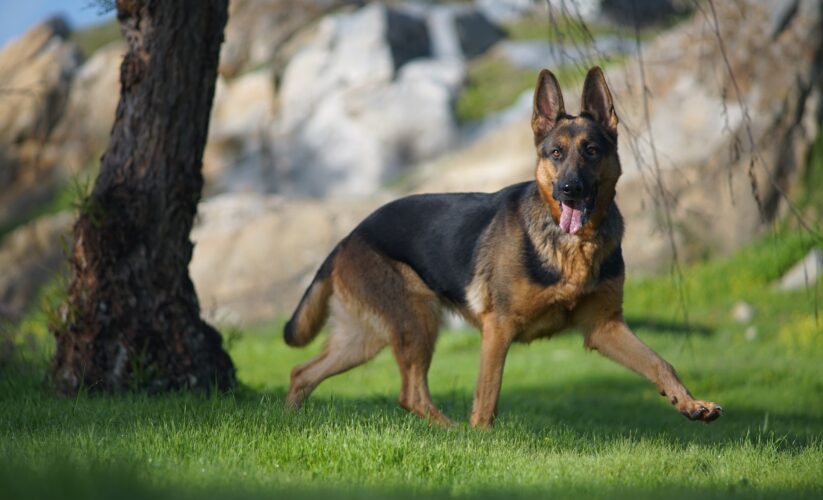
Best Protective Dog Breeds for Family Safety
Home security has become a big concern, leading us to seek out Protective Dog Breeds. These dogs come in all sizes, from the massive English Mastiff to the smaller Staffordshire Bull Terrier. They all share a strong instinct to protect their families.
Some breeds, like the German Shepherd, are known for their police work. Others, like the Anatolian Shepherd and the Romanian Mioritic Shepherd Dog, are known for their loyalty. These dogs are true guardians of their human families.
Choosing the right protective dog for your family is crucial. You need to consider the dog’s size and energy level. Some dogs, like the Bullmastiff, need a lot of space. Others, like the Australian Shepherd, are more agile.
We’ll explore the world of Protective Dogs and why some breeds are known for their safety. We’ll also talk about training and caring for these loyal dogs. Whether you’re interested in a Catahoula Leopard Dog or an Estrela Mountain Dog, we’ll help you find the right fit for your family.
Discover the dog breed that will keep your family safe and become a beloved member. Welcome to the world of Protective Dog Breeds. Each breed has its own story, needs, and plenty of love to offer. From the Bullmastiff’s need for space to the Belgian Malinois’s endless energy, let’s find the perfect companion for your home.
Understanding the Importance of Protective Dog Breeds in Home Security
Protective dogs play a huge role in keeping homes safe. Breeds like German Shepherds and Belgian Malinois are not just scary-looking. They also serve as early warning systems. These dogs are smart, loyal, and naturally protective, making them great for guarding homes and families.
German Shepherds are known for their strength, smarts, and loyalty. They’re so good at guarding that companies like Scott’s K9 train them. Belgian Malinois are also top-notch guardians, thanks to their energy and toughness. Both breeds need early training and socialization to become effective protective dogs.
Adding a protective dog to your home security can include doggy doors and security cameras. This setup boosts security and keeps the dog safe and happy. Regular training and exercises keep their skills sharp.
Having a protective dog can also help with dog urine smell out of the carpet. But the real value is the peace of mind they give. These dogs are more than pets; they’re part of the home’s security team, watching over everyone.
It’s also important to know the legal side of things. Owning scary dogs means following certain rules to keep everyone safe. This ensures the dog’s well-being and the safety of the community.
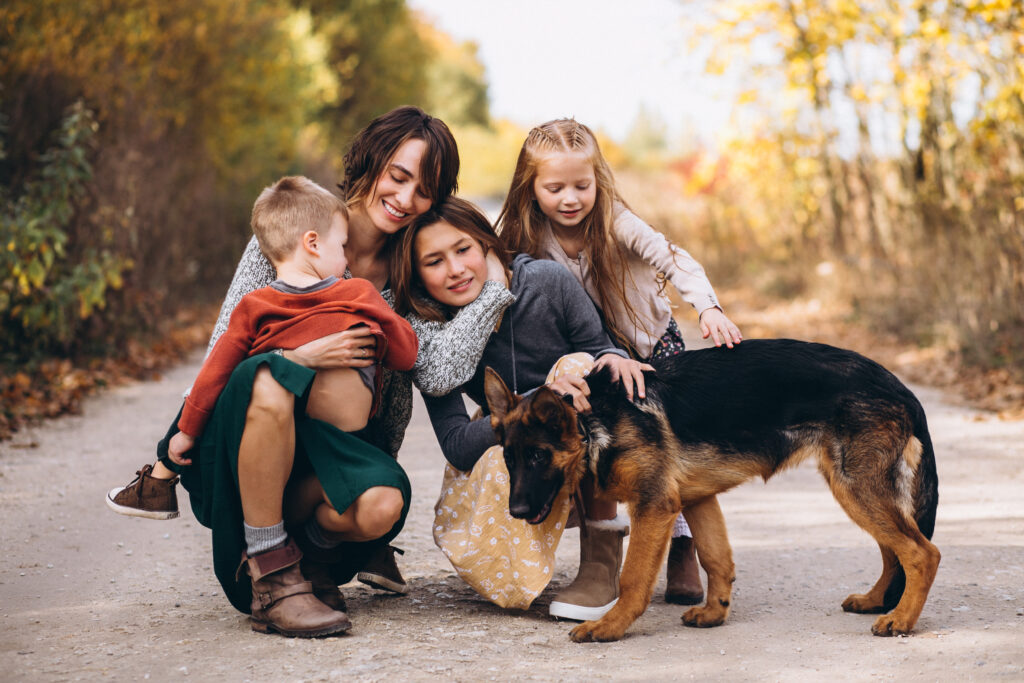
In short, dogs like German Shepherds and Belgian Malinoiss do more than just protect. They’re loyal family members and a key part of a home’s defense. By recognizing their worth and giving them the care they need, they become essential to any family.
Top Protective Dog Breeds for Family Safety
Looking for a dog that protects and keeps you company? It’s key to know about different protective dog breeds. German Shepherds are not just loyal pets but also have dog health benefits because they’re active. They show courage and loyalty, making them great guard dogs for families.
Rottweilers are known for their smarts and strength, making them top choices for family safety. They can learn well and fit into homes better with a dog crate. This helps keep them safe from dangers outside and lowers dog respiratory illness risks.
Doberman Pinschers stand tall and alert, scaring off intruders. Early training and socialization boost their protective side in families. Regular exercise and mental games help prevent health problems, keeping them healthy.
Great Danes and Bernese Mountain Dogs are great for families with lots of space. They’re big and friendly, making them good watchdogs who are gentle with kids. Daily walks and grooming are key to keeping them healthy and active.
Choosing the right breed means more than just looking at their protective side. You must think about their health needs and care needs versus your family’s lifestyle. For those looking to adopt, DogHaven.co offers insights into these breeds. It helps ensure the safety and happiness of both pets and their families.
Evaluating the Right Protective Dog Breed Based on Family Dynamics
Choosing the right protective dog breed is all about family dynamics. This includes the number of children and how active your household is. For example, the Bullmastiff is a large breed known for being calm and protective. They need a lot of space, which can be provided by a Dog Run or an Enclosed Dog Run. This ensures they get enough exercise without risking allergies or safety.
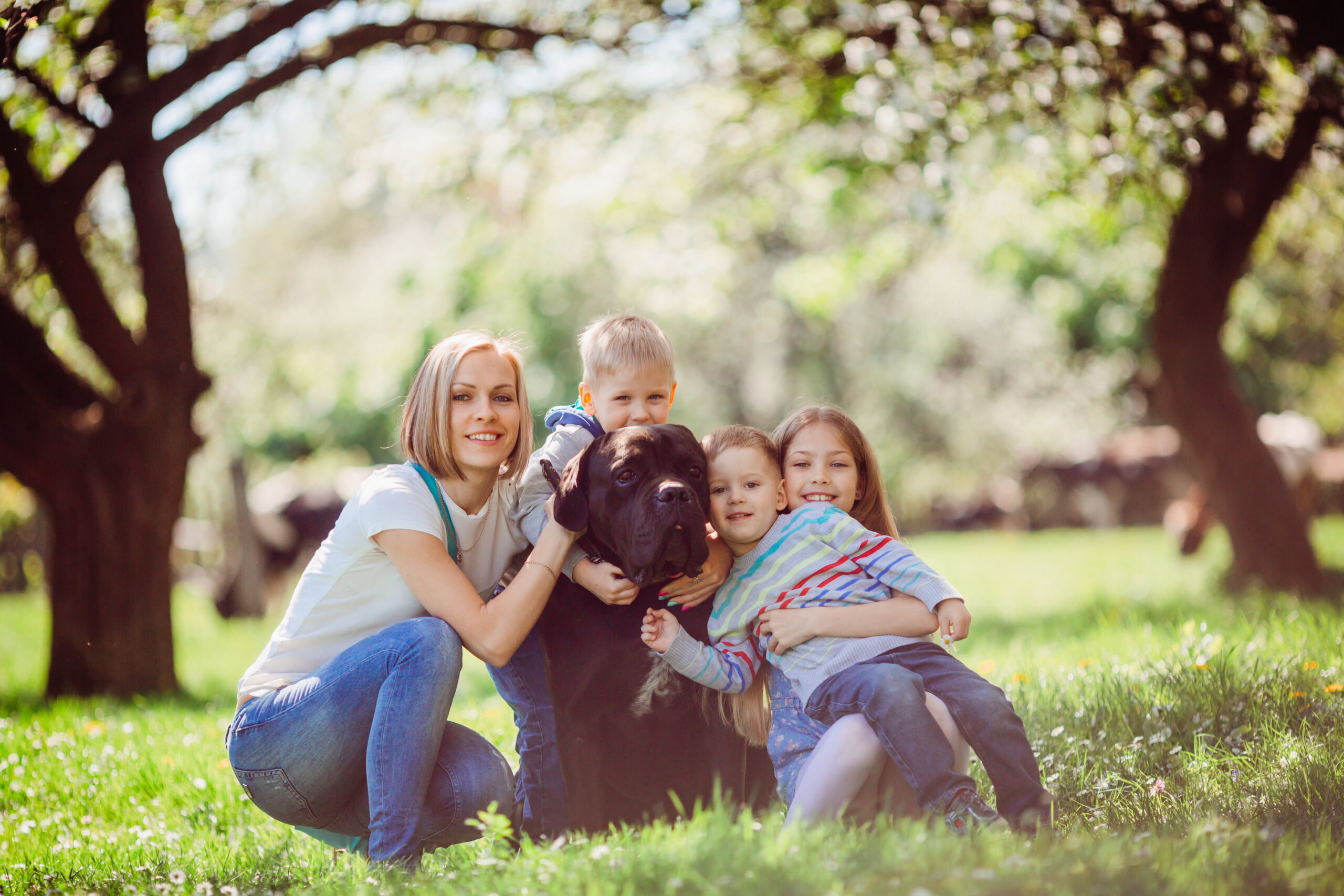
In urban areas where space is limited, high-energy breeds are a good choice. These dogs, like the Belgian Malinois or the Doberman Pinscher, don’t need much space but do need regular exercise. They are smart and loyal, making them great for city living if they get enough physical activity, like daily runs or agility training in an Enclosed Dog Run.
With more people living in cities and an increase in stranger attacks, the need for protective dogs is growing. These dogs must be ready to protect at any time and fit well into your family’s lifestyle. It’s also important to consider a Dog Diet for Allergies. Some breeds, like the German Shepherd or the Rottweiler, might need special diets if allergies are a problem in your home. This keeps both the pet and family members healthy.
Studies show that homes with protective dogs are less likely to be burglarized. This makes choosing the right breed very important. It should fit your family’s lifestyle and add to your home’s security. Whether you prefer a gentle giant like the Saint Bernard or a versatile protector like the Giant Schnauzer, the right breed will become a valued part of your family. They will bring peace of mind and fit right in.
Training Protocols for Protective Dog Breeds to Ensure Family Safety
Effective training is key for protective dog breeds to fit well into family homes. From a young age, these dogs need structured training to learn obedience and good behavior. High-energy breeds like the Doberman Pinscher need daily exercise and disciplined training to use their protective instincts wisely.
A mix of strict training and positive reinforcement is best. This approach helps these dogs become trustworthy family protectors.
For these active breeds, a dog kennel and an enclosed dog run in your yard are great tools. These areas let dogs exercise and practice training in a safe, controlled space. Kennels are a cozy place for dogs to rest after training, while runs are perfect for agility and obedience drills without distractions.
Training sessions must meet the dog’s physical and mental needs. For independent breeds like the Great Pyrenees, patience and consistency are crucial. Training should include socialization to help them know when to be protective and when not to be aggressive.
Most protective dog breeds need 30-60 minutes of training several times a week. They also need daily short sessions to keep their basic commands sharp. It’s important to start obedience training early, around 8-10 weeks old, and move to protection training by 12-18 months.
Training protective dog breeds for real-life scenarios is complex. It’s wise to work with professionals who specialize in security dogs. They can ensure the dogs are trained to the high standards needed for protection. Keeping a video record of training can also be helpful. It shows how well the dog is progressing and ensures all training tasks are done right.
Caring for Your Protective Dog: Health, Diet, and Exercise
Protective dogs need a strong health routine, a special diet, and regular exercise. Breeds like German Shepherds are key in home security. They should start training early, around 39 to 49 days old.
These dogs have lots of energy and strength. They need a diet full of nutrients to stay healthy. This diet should also help avoid allergies that could harm their Dogs Health.
Protection dogs burn a lot of energy and need more calories to stay healthy. Foods like Inukshuk provide the right mix of fats, proteins, and carbs. It’s also important to watch their joint health, especially in big, strong dogs.
Don’t overfeed them, as foods like chocolate and avocados are toxic. Avoid high-calorie diets when they’re not active to prevent obesity.
Regular vet visits are key to keeping your dog healthy. Start these visits around 6 weeks old. Grooming, staying hydrated, and a proper diet for allergies are also crucial. The care you give your dog is what they give back in loyalty and companionship.
